Many people are under the impression that tax money is not used to fund abortion. Both pro-choice and pro-life advocates are often misinformed on this subject.
Pro-choice advocates and organizations like Planned Parenthood frequently point to The Hyde Amendment, which is supposed to stop public funding of abortion. Often, this law is used to dispel concerns over where people’s money is going. Other times, abortion advocates argue that a lack of public funding for abortion is harming women’s health. In most cases, the law is assumed to completely prevent any tax money from being spent on abortion.
In reality, however, around a quarter of abortions are directly funded by taxpayers through Medicaid. Many more abortions are also funded through various other direct and indirect ways.
The Hyde Amendment

Rep. Henry Hyde
The Hyde Amendment is a provision in the annual spending bill for the Departments of Labor and Health and Human Services. It prohibits federal funding from being used to pay for abortions, except in cases of rape, incest, or life endangerment. The Hyde Amendment was originally passed in 1976 but has been included in every spending bill since.
While this provision did reduce the number of taxpayer-funded abortions, it did not cut off all federal funding. Some breakdowns indicate that federal taxpayers still cover the cost of about 70,000 abortions annually.
State Funding of Abortion
While the federal government only covers abortions in cases of life endangerment, rape, or incest, Medicaid is a joint program funded by both the federal and state governments. Usually, the federal government pays for a percentage of procedures, while the state government picks up the rest of the tab. States can also choose to pay for procedures not covered by the federal government with their own tax revenue.
The Hyde Amendment does not in any way apply to state Medicaid programs or restrict them from covering abortions. Because of this, individual states can decide whether or not to fund abortions using tax dollars collected from state residents, and many do so.
- Currently, 15 states—Alaska, California, Connecticut, Hawaii, Maine, Maryland, Massachusetts, Minnesota, Montana, New Jersey, New Mexico, New York, Oregon, Vermont, and Washington—use taxpayer money to pay for a variety abortions not covered by the Hyde Amendment.
- Of the other 35 states, two (Arizona and Illinois) officially cover many abortions beyond the Hyde Amendment, but in practice fund very few, less than a hundred annually.
- Seven states—Indiana, Iowa, Mississippi, Utah, Virginia, Wisconsin, and West Virginia—go beyond the Hyde Amendment only to provide funding in cases of fetal abnormalities or less serious health concerns.
- The remaining states follow the Hyde Amendment, except for South Dakota, which only funds abortions in cases where the mother’s life is supposed to be threatened (disregarding the Hyde Amendment’s provisions for rape and incest cases).
Because these abortions are funded by Medicaid, there is a lot of publicly available information about them. The most complete report on public funding of abortion is a 2015 report from the Guttmacher Institute. In it, abortions are broken down in detail by state, allowing us to see how many were performed in 2015. We can also see how much state and federal governments paid for abortions in each state.
As the below table is from 2015, there have been slight changes to some state’s policies. West Virginia no longer provides full coverage of abortion. Instead, it uses taxpayer funds only for abortions that would be covered under the Hyde Amendment and cases where the child is disabled. By contrast, Maine has expanded its abortion coverage beyond the provisions of the Hyde Amendment.
Table: Federal and State Funding of Abortions in 2015
In total, states spent around $71 million on abortions in 2015, paying for about 157,000 of them. This means that state governments funded one-fourth of the 638,000 abortions in 2015. This statistic does not appear to have changed much in recent years.
Do I Pay For Abortions?
Yes, at least some. If you live in the United States, regardless of what state you live in, at least some of your tax dollars go to abortions. All Americans directly pay for at least some abortions through federal tax dollars. All Americans also help indirectly fund abortion through tax funding of abortion providers.
If you live in one of the states that cover abortions beyond the provisions of the Hyde Amendment, a much more significant portion of your tax dollars goes directly toward abortions. You also fund more abortions outside of cases such as rape or threat to the mother’s life than if you live in one of the other states.
Would These Abortions Go Away Without Medicaid Funding?
Some would, though some would be paid for privately. When Medicaid does not cover abortions, studies have found that the number of abortions drops by about one-third. Those pregnancies are carried to term, and the child is left alive. Decades of other research on the issue have had similar findings. According to these studies, about a third of Medicaid-funded abortions don’t happen if they have to be paid for privately.
In addition, without Medicaid funding, unwanted births decrease as well. Research has shown that when abortion is more difficult to access financially, people take greater care to avoid pregnancy. In fact, the effect is so significant that some studies have found that the number of births actually decreases along with drops in abortions.
What Are The Health Impacts of Medicaid Funding of Abortion?
Many people are often confused by the fact that abortions can be covered by Medicaid at all as elective procedures. In many states, however, they are described as “medically necessary.” Such a term leads people to believe that the hundreds of thousands of abortions being conducted are needed to preserve the mothers’ lives. Because of this, they naturally believe that in the absence of such funding, women’s health and well-being suffer as a result.
This, however, could not be further from the truth. The term “medically necessary” does not mean that these procedures had to be performed to protect the health of the mother (as doctors agree, there are no medically necessary abortions given the achievements of modern medicine). “Medically necessary” is merely a classification of procedures covered by Medicaid. Moreover, the evidence shows that Medicaid funding of abortion does not help women; tragically, it harms them.
Research in the American Journal of Public Health has shown that when Medicaid funding for abortions is cut, the number and proportion of hospitalizations decreases significantly. This is because not only does cutting funding reduce abortions, but it results in far fewer late-term abortions that carry the largest risks.
Other studies have had similar results. In one study, both waiting periods and cuts to Medicaid funding are associated with significantly lower pregnancy complication rates. Like most research on the subject, the researchers concluded that this is likely because public funding of abortion results in a much greater number of dangerous late-term abortions.
What Can I Do To Reduce Taxpayer Funding of Abortions?
- Fight to Preserve the Hyde Amendment. Because the Hyde Amendment needs to be reapproved every year as an addition to the budget, it is constantly under threat. Ensuring that it remains in place prevents a huge volume of federal tax money from being spent on abortions.
- Help Efforts to Defund Planned Parenthood. Planned Parenthood is the single largest abortion provider in the United States, receiving hundreds of thousands in government funding. Planned Parenthood is involved in numerous scandals and blatantly misuses the tax money it receives.
- Join State and Local Pro-Life Organizations. If you live in a state where Medicaid funds abortions, involving yourself with state-level campaigns can have significant impacts. Many of these pro-life organizations need more members and volunteers for a wide variety of things, and every little bit helps.
- Contact State and Federal Congressmen. Calling, emailing, or speaking in person with your Congress members can have a significant impact on their decisions. Politicians are not always interested in doing the right thing, but they are interested in the support of their constituents. Moreover, with so much attention on the United States federal government, state-level laws are often much easier to influence if you keep a strong presence.
- Know Where Your Money is Going, and Make Sure Others Do Too. Because of information campaigns telling people that their tax money does not fund abortions, many people are simply unaware that it does. Keeping others informed, and staying informed yourself, helps ensure that people know what their money is used for.
Abortion should not be taxpayer-funded. It harms women’s health, increases costs, and increases unwanted pregnancies. There is no upside to it, and it is a tragic waste of every American’s hard-earned money.
Related Content
William has worked as a professional writer for pro-life organizations since 2018, including Human Life International, Celebrate Life Magazine, and Pro-Life Utah. He has also written for the Bipartisan Press and edited for several blogs and websites. William is the founder and president of the Lifeguard Initiative, a pro-life group that informs the public, helps pregnant women in need, and works for pro-life legislation in many states.


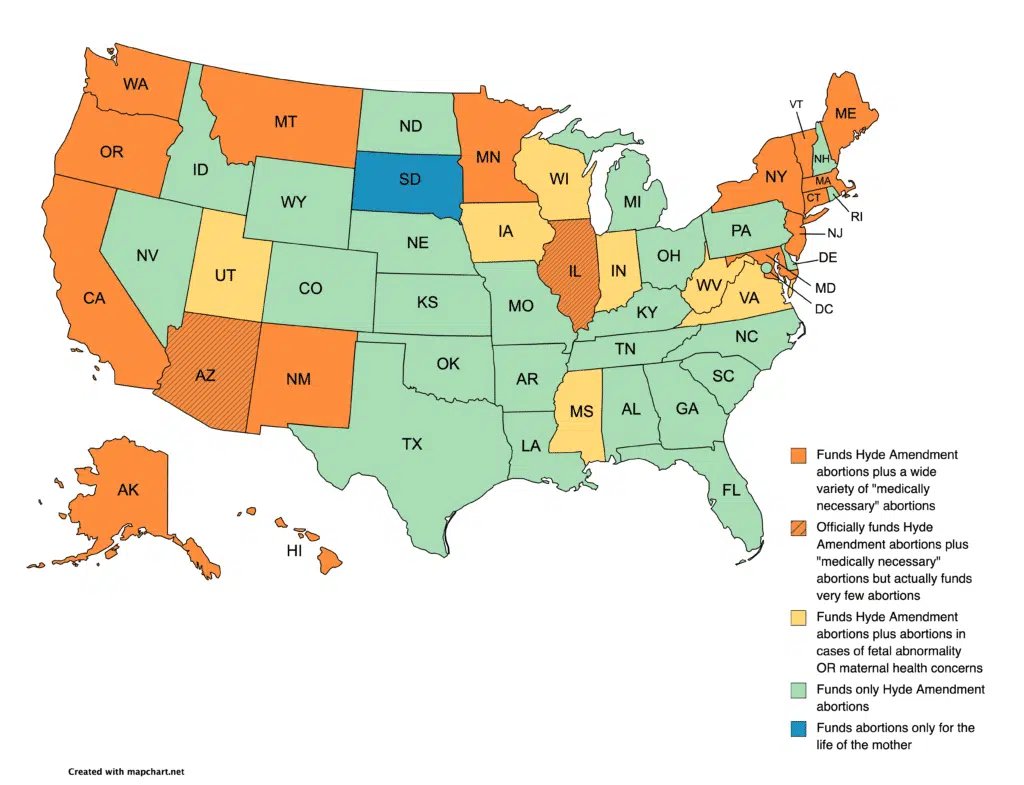

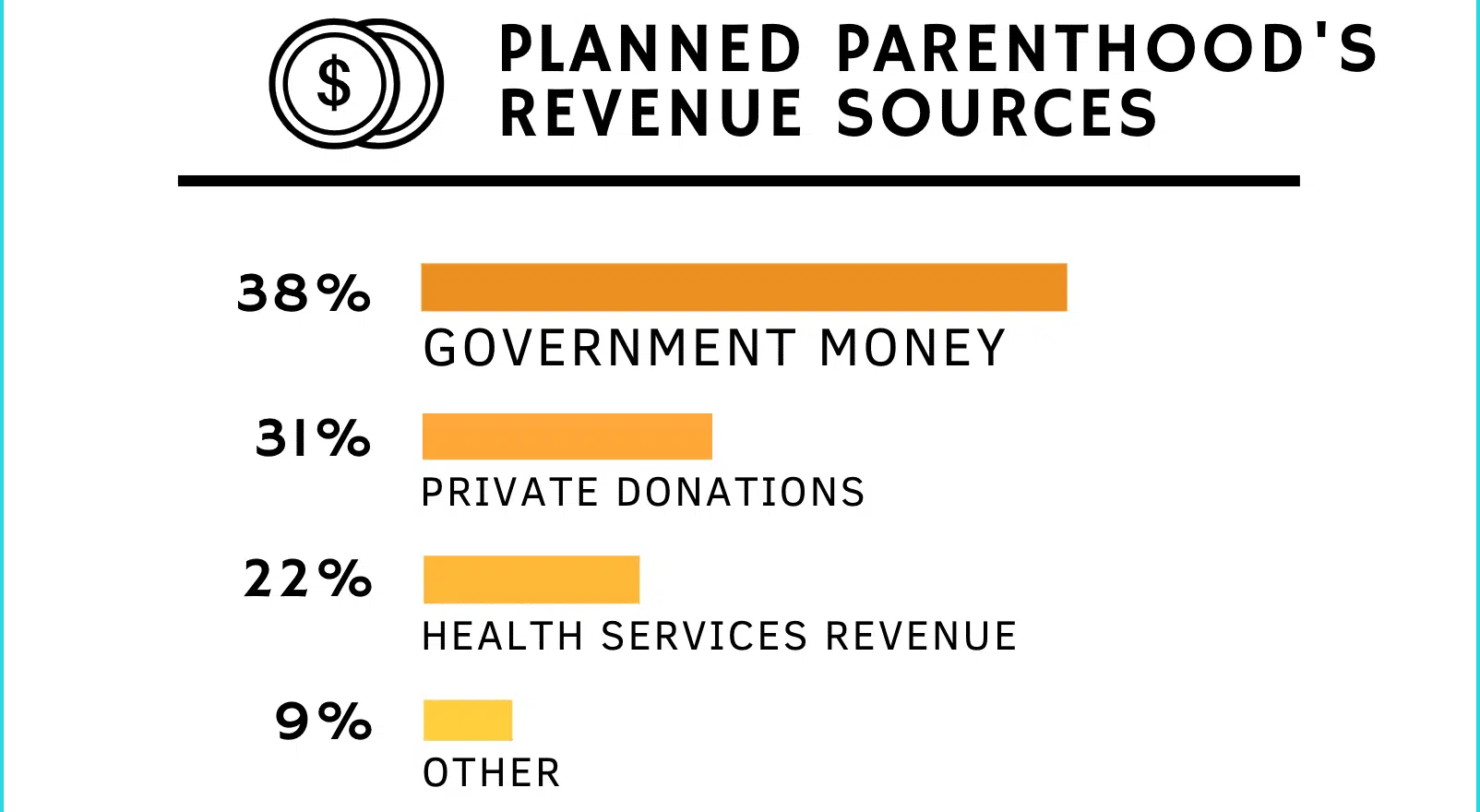
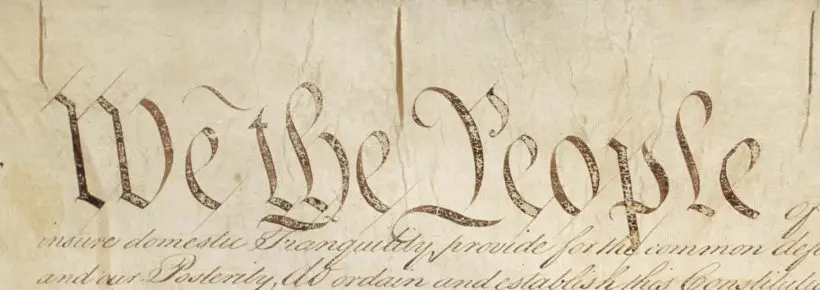








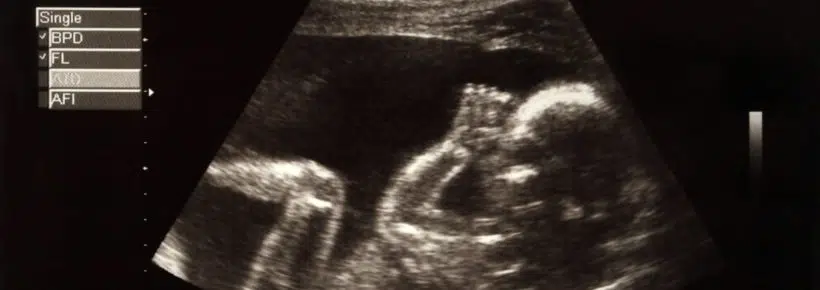
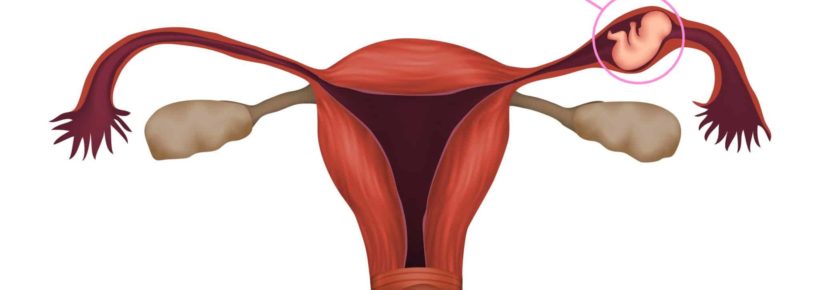



Planned Parenthood provides well-woman care, and well as birth control services. In many areas, they are the ONLY health-care provider for low-income women, and defunding them is not only hitting people when they are down, but foolishly increasing the poor population.
Respectfully, Anne, we cannot agree with your “… foolishly increasing the poor population” statement. As children of God, those with lower economic means have as much dignity and right to live as anyone else. Does your statement sit as well with you substituting “poor” with any other group of people, i.e. foolishly increasing the [Black] population, the [Jewish] population, the [handicapped] population…? By all means, let’s address poverty, but killing the children of any group of people is not the solution.
Wow.
So you get to decide that someone must die because their family doesn’t make “enough” money?
Who gets to decide how much money is “enough?”
And no one prevents Planned Parenthood from providing actual medical care.
If they stopped aborting babies, I am sure most people would be fine with funding them.